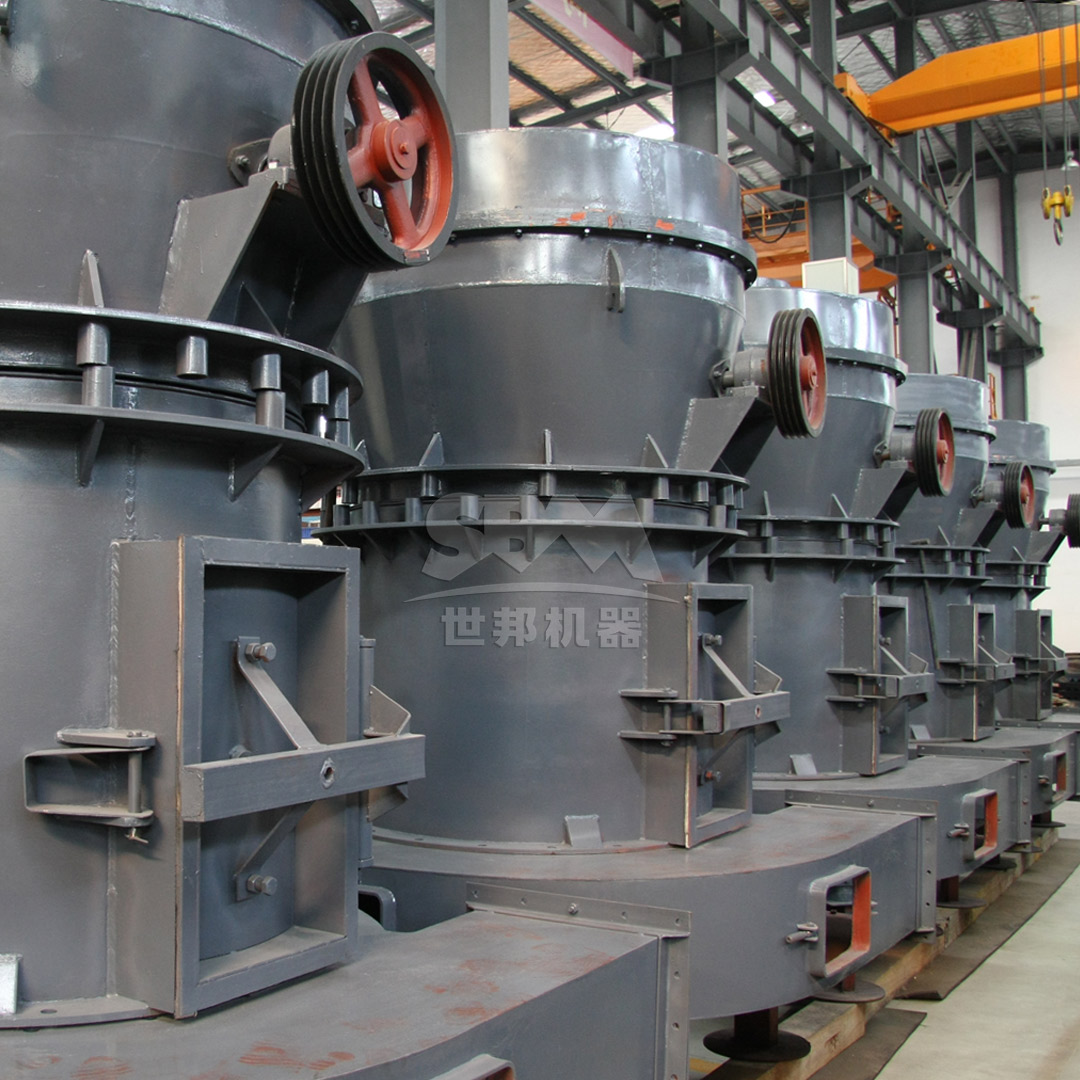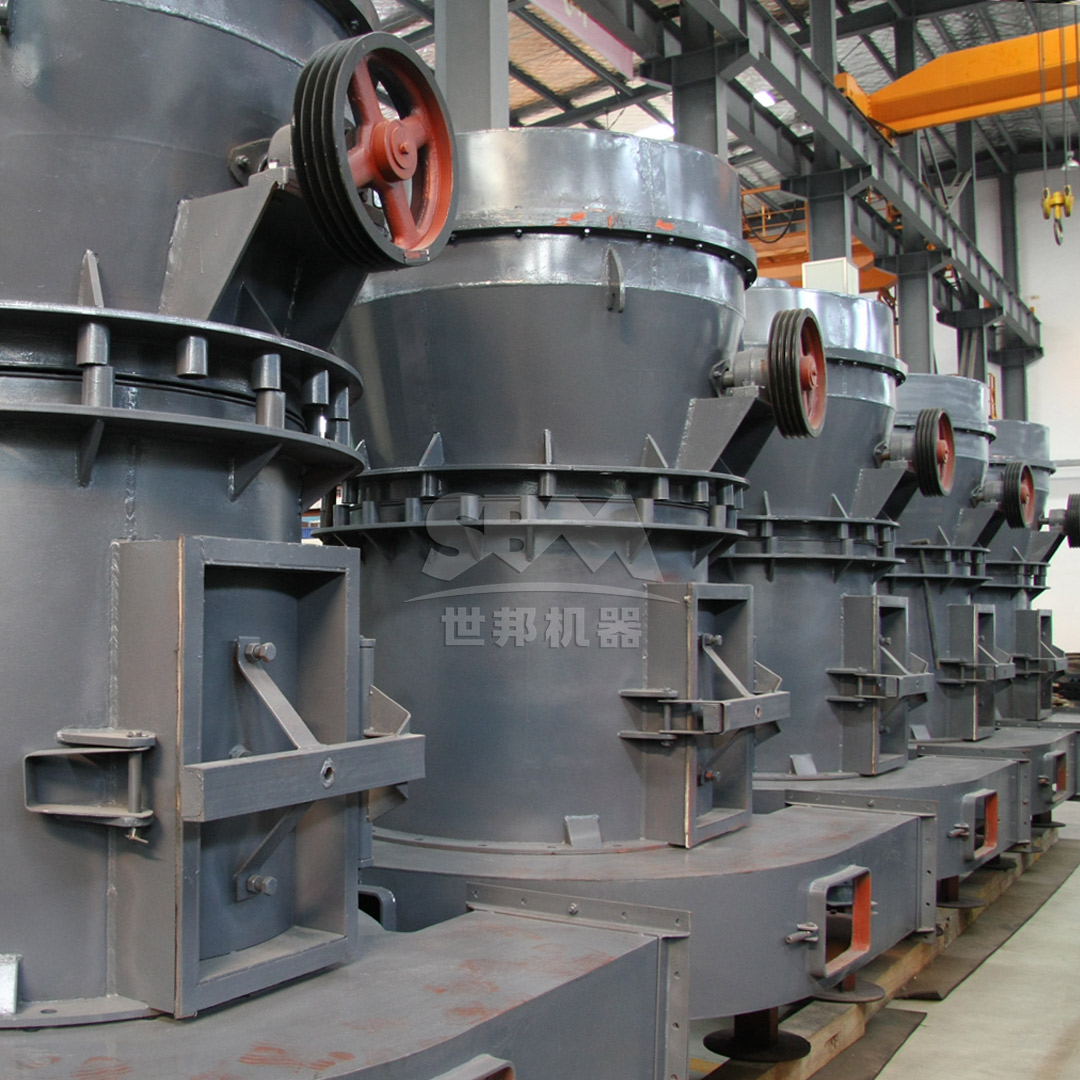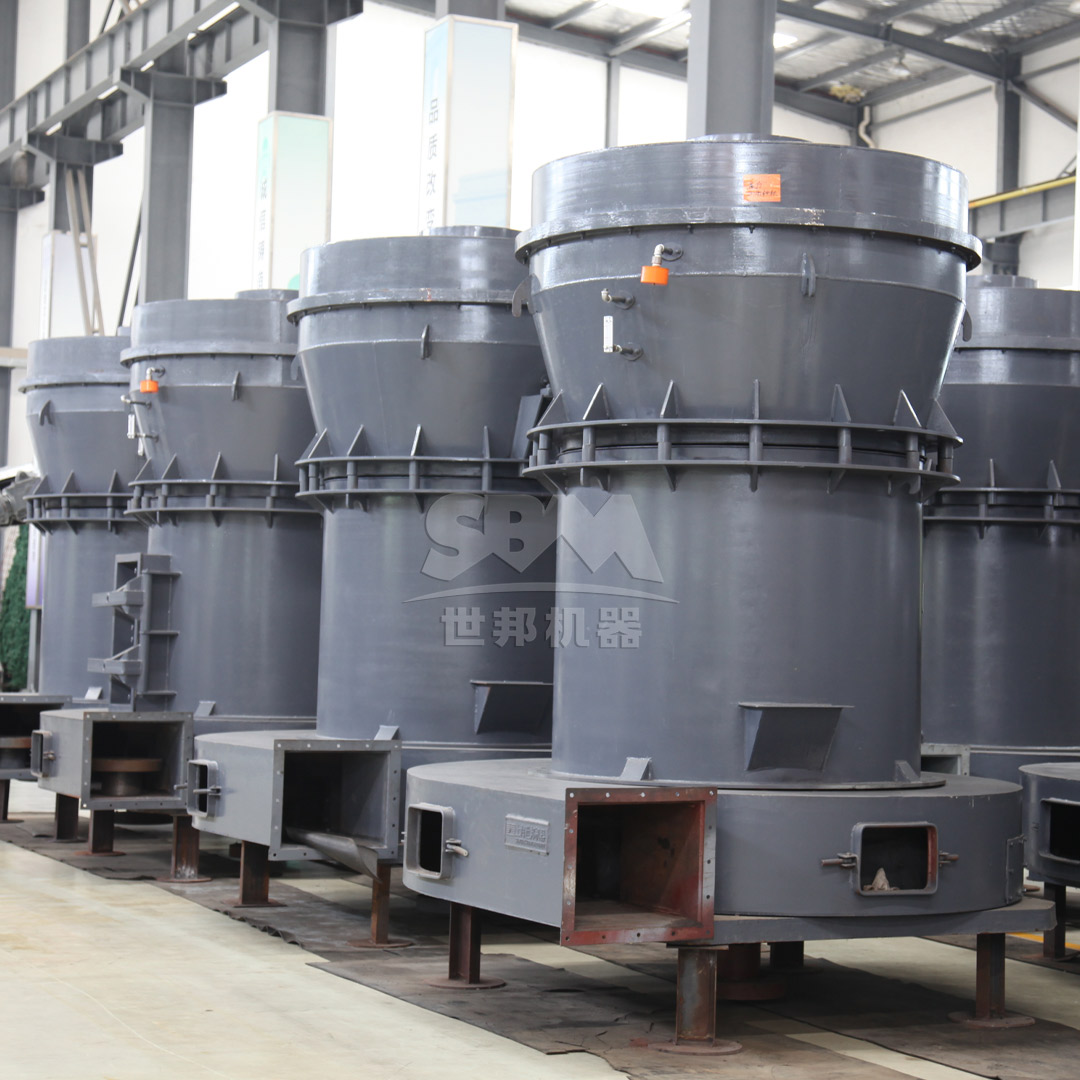Barite, or baryte, is a mineral composed of barium sulfate (BaSO₄). It is generally white or colorless and is the main source of barium. The barite group consists of barite, celestine, anglesite, and anhydrite. Barite itself is typically found in lead-zinc veins in limestones, in hot spring deposits, and with hematite ore. It is often used as a weighting agent for drilling fluids in oil and gas exploration, an important component in radiation shielding, and in various chemical and medical applications.
In Africa, the demand for processed barite has been steadily increasing, driven by the growth in oil and gas exploration, construction, and the chemical industry. Efficient processing of barite ore into fine powder is crucial to meet the stringent quality requirements of these end-user industries. The heart of this processing lies in the grinding mill technology used to achieve the desired fineness and particle size distribution.
This article explores the importance of barite grinding in the African mineral processing sector, the technical challenges involved, and the advanced milling solutions that can optimize production, reduce operational costs, and ensure high-quality output.

Africa’s vast mineral resources include significant deposits of barite, particularly in countries like Nigeria, Morocco, Algeria, and South Africa. The primary application driving the market is its use as a weighting agent in drilling muds. The African oil and gas industry, especially in regions like the Niger Delta and North Africa, requires large quantities of high-specific-gravity barite powder to control well pressure and prevent blowouts.
Beyond oil and gas, barite is used in the African manufacturing sector for:
The efficiency of the grinding process directly impacts the quality and market value of the final barite product. A poorly ground barite with inconsistent particle size can lead to issues like sedimentation in drilling muds or poor performance in industrial applications.
Grinding barite presents specific challenges that require robust and precise milling equipment:
Overcoming these challenges necessitates the use of advanced grinding mills designed for high efficiency, precision classification, and durability.
Choosing the appropriate mill is critical for operational success. Key selection criteria include the required product fineness, desired capacity, energy consumption, total cost of ownership (including maintenance), and environmental footprint (noise and dust emissions).
Various mill types can be used for barite grinding, each with its own advantages and limitations.
| Mill Type | Typical Output Fineness | Advantages | Considerations |
|---|---|---|---|
| Raymond Mill (Roller Mill) | 30-325 mesh (45-500μm) | Well-established, cost-effective for coarse grinding | Limited to medium fineness, higher energy consumption for fine grind |
| Ball Mill | 200-400 mesh (38-74μm) | Simple structure, suitable for wet or dry grinding | Low efficiency, high energy consumption, noisy |
| Vertical Roller Mill (VRM) | 80-400 mesh (38-170μm) | Higher energy efficiency, integrated drying | Higher initial investment, complex operation |
| Ultrafine Grinding Mill | 325-2500 mesh (5-45μm) | Produces high-value superfine powders, high precision | Requires precise feed control, specialized for fine grinding |
For most modern barite processing plants in Africa aiming for high efficiency and the ability to produce a range of products for different markets, advanced vertical roller mills and ultrafine grinding mills are becoming the technology of choice.

To address the specific needs of the African barite industry, manufacturers have developed highly efficient and reliable grinding systems. We are proud to recommend our flagship product, the SCM Ultrafine Mill, as an ideal solution for producing high-quality barite powder.
The SCM Ultrafine Mill is designed for high-capacity production of fine and ultrafine powders. It is particularly well-suited for processing non-metallic minerals like barite, calcite, limestone, and talc to a high degree of fineness.
Core Parameters:
Technical Advantages for Barite Grinding:
Model Specifications:
| Model | Processing Capacity (t/h) | Main Motor Power (kW) | Finished Product Fineness (mesh) |
|---|---|---|---|
| SCM800 | 0.5-4.5 | 75 | 325-2500 |
| SCM900 | 0.8-6.5 | 90 | 325-2500 |
| SCM1000 | 1.0-8.5 | 132 | 325-2500 |
| SCM1250 | 2.5-14 | 185 | 325-2500 |
| SCM1680 | 5.0-25 | 315 | 325-2500 |
For barite processing plants requiring high capacity for slightly coarser grinds (e.g., primarily for the drilling mud market), our MTW Series Trapezium Mill is another excellent option. It offers robust performance with capacities ranging from 3 to 45 tons per hour and can achieve fineness between 30 and 325 mesh, making it a versatile workhorse for many African operations.
A barite processing plant in Nigeria was facing challenges with its older ball mill system. The issues included high energy consumption, inconsistent product quality (failing to consistently meet API standards), and frequent maintenance downtime. After a thorough technical assessment, the plant was retrofitted with an SCM1000 Ultrafine Mill.
Results:
This case demonstrates how modern milling technology can directly enhance the profitability and competitiveness of African mineral processors.

The barite industry in Africa holds significant potential for growth, contingent on the adoption of efficient and modern processing technologies. The grinding stage is particularly critical, as it determines the quality, value, and marketability of the final product. Investing in advanced grinding mills like the SCM Ultrafine Mill or the MTW Series Trapezium Mill is not merely an equipment purchase but a strategic decision to enhance operational efficiency, reduce environmental impact, and secure a stronger position in the global barite market.
By leveraging these technologies, African barite producers can overcome traditional challenges, meet international quality standards, and contribute more substantially to their national economies. As technology continues to evolve, the partnership between reliable equipment suppliers and innovative miners will be key to unlocking the full potential of Africa’s rich mineral resources.